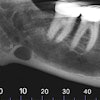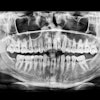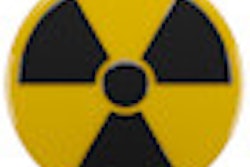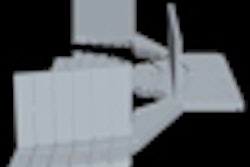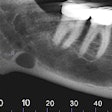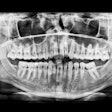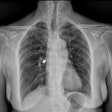A new approach to processing x-ray data could lower by a factor of 10 or more the amount of radiation patients receive during cone-beam CT (CBCT) scans, researchers from the University of California, San Diego (UCSD) reported this week at the annual American Association of Physicists in Medicine meeting in Philadelphia.
Reducing the total number of x-ray projections and the mAs level per projection (by tuning down the x-ray generator pulse rate, pulse duration, and/or current) during a CT scan can help minimize patient's exposure to radiation, but the change results in noisy, mathematically incomplete data that take hours to process using the current iterative reconstruction approaches.
Based on recent advances in the field of compressed sensing, Xun Jia, a UCSD postdoctoral fellow, and his colleagues developed a CT reconstruction algorithm for graphic processing unit (GPU) platforms. The GPU processes data in parallel, increasing computational efficiency and making it possible to reconstruct a CBCT scan in about two minutes.
Modern GPU cards were originally designed to power 3D computer graphics, especially for video games.
In the study presented at the meeting, reconstruction times ranged from 77 to 130 seconds on an NVIDIA Tesla C1060 GPU card, depending on the number of projections -- about 100 times faster than similar iterative reconstruction approaches, according to Jia.
Phantom studies indicated that the UCSD algorithm enables the cone-beam CT images to be reconstructed with as low as a 0.1 mAs per projection level. Compared to the currently widely used scanning protocol of about 360 projections with 0.4 mAs per projection, Jia said the new processing method resulted in 36 to 72 times less radiation exposure for patients.
"With our technique, we can reconstruct cone-beam CT images with only a few projections -- 40 in most cases -- and lower mAs levels," Jia said in a press release. "This considerably lowered the radiation dose."
The reconstruction algorithm is part of the UCSD group's effort to develop a series of GPU-based low dose technologies for CT scans.
"Our work, when extended from cancer radiotherapy to general diagnostic imaging, may provide a unique solution to solve this problem by reducing the CT dose per scan by a factor of 10 or more," said Steve Jiang, senior author of the study and a UCSD associate professor of radiation oncology.
Copyright © 2010 DrBicuspid.com


